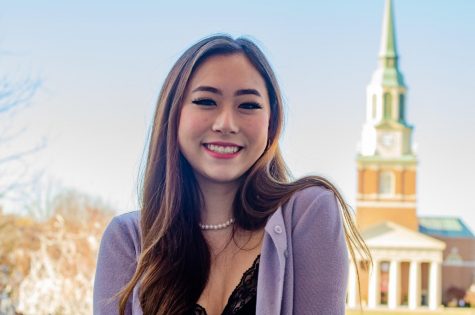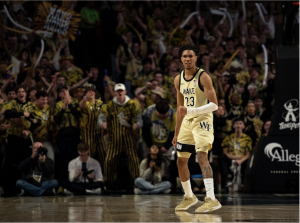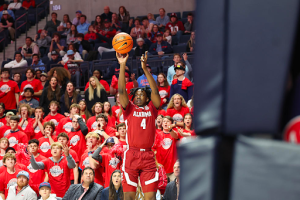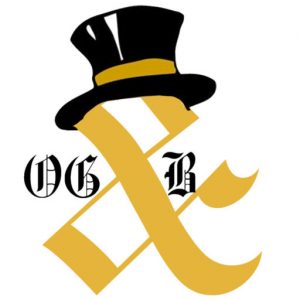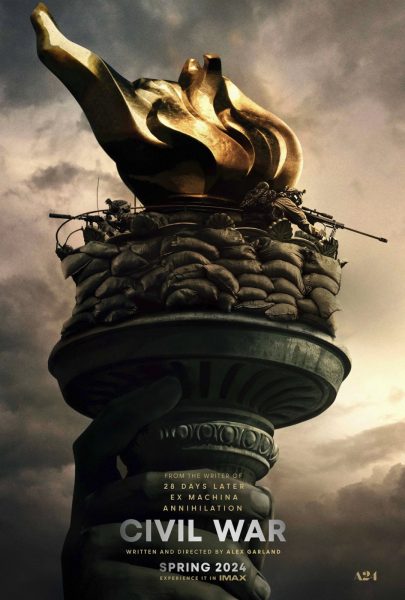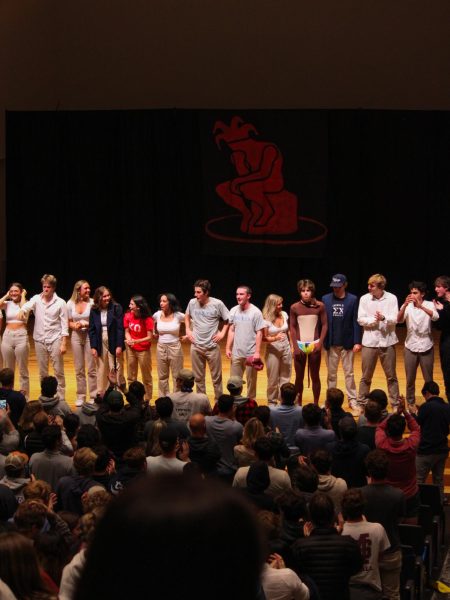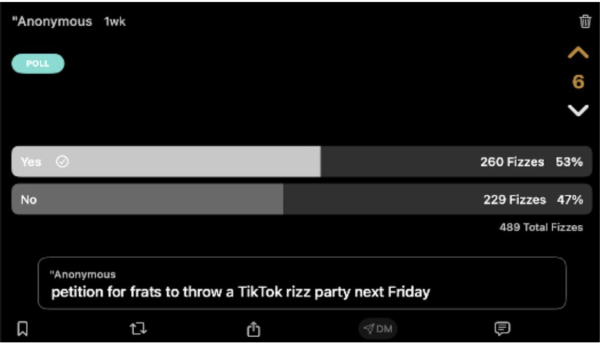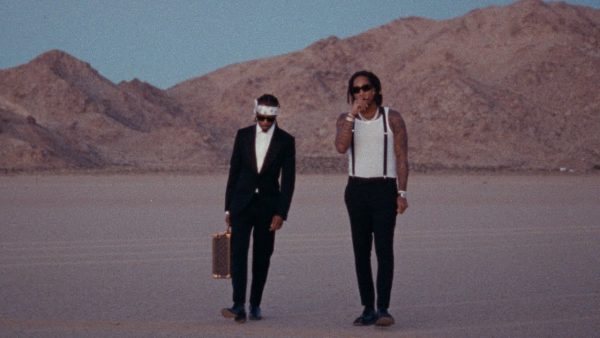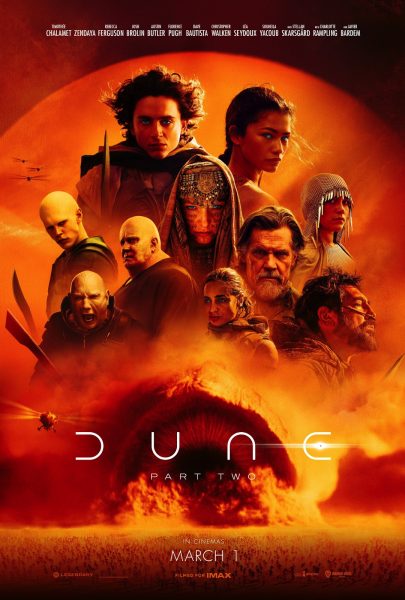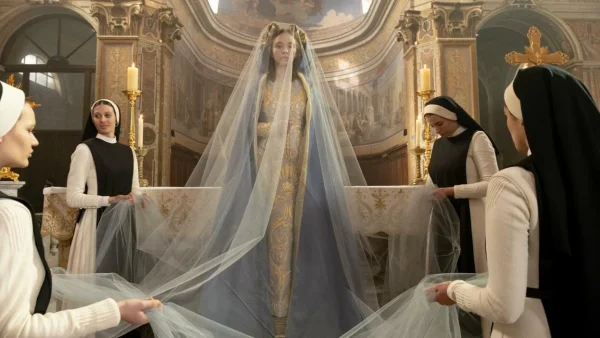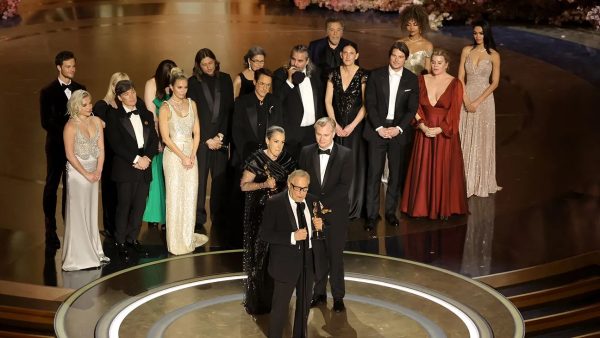Marvel releases Shang-Chi’s origin
Shang-Chi is the first Asian American superhero in the Marvel Cinematic Universe
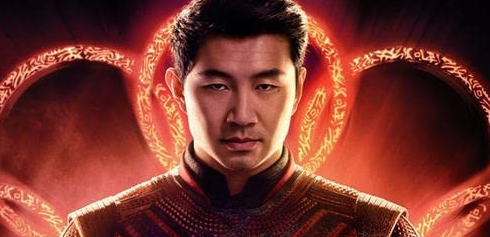
September 9, 2021
With the release of “Shang-Chi and the Legend of the Ten Rings”, a new lead superhero was introduced to the Marvel Cinematic Universe (MCU): Shang-Chi. As a die-hard Marvel fan — and I’ve been one since I first laid eyes upon a Spider-Man comic book many, many years ago — I was invested in seeing the establishment of a new lead superhero for the fourth phase of the MCU.
However, no Marvel film had ever invoked within me the same emotions that I felt when I looked onto that giant theater screen — I could feel myself tearing up as I turned to my friend who accompanied me and said “she looks like me.”
On the screen was Leiko Wu, the guardian of Ta-Lo — an idyllic realm of the gods home to the Xian. Wu is portrayed by Fala Chen. Seeing someone that looked like me play a leading role in a Marvel film meant more to me than I had thought it would.
While Marvel has featured East Asian characters and actors before, Simu Liu is the first to portray a lead Marvel superhero. In doing so, Liu became a catalyst fueling the discussions surrounding Asian American representation in Western media.
As a Vietnamese person, the film brought me back to my childhood and “kiem hiep” films, the Vietnamese counterpart to Chinese “wuxia” films. It is these types of movies to which “Shang-Chi and the Legend of the Ten Rings” pay homage.
“Wuxia” or “kiem hiep” are genres that tell a story of fantasy and martial arts set against a backdrop of Ancient Chinese or Vietnamese times. Prior to “Shang-Chi and the Legend of the Ten Rings”, I had never seen any Western complement or equivalent to this genre of films. Further, I never thought I would see a scene in Western media that replicated an experience from my own life.
A feeling shared by many children of immigrant families is the notion of generational trauma. For many, including myself, being a first-generation Asian American involves the immigration of our parents — most of them sacrificing their previous lives and ideals to provide a life for their children in America. The scene in Katy’s (portrayed by Awkwafina) home as she faces disappointment expressed by her mother comments on this idea of generational trauma and expectations that are placed on first-generation students.
“Shang-Chi and the Legend of the Ten Rings” is a little over two hours long and tells an engaging story packed with action, humor and emotion. Shang-Chi, a master of martial arts and an assassin trained to perfection by his overlord father, the Mandarin and possessor of the Ten Rings, is expected to continue the legacy of power. However, Shang-Chi escapes at the age of 14, unable to handle the emotional repercussions of the assassination he was assigned to carry out.
Shang-Chi’s story is one of assimilation and identity. He escapes and lives his life in San Francisco as a valet driver with his best friend, Katy. A story of representation, “Shang-Chi and the Legend of the Ten Rings” also tackles the dynamic and complicated history of gender oppression as Shang-Chi’s sister, Xialing (portrayed by Meng’er Zhang), is denied the same training and attention her brother receives.
The film is a step in the right direction for Hollywood blockbuster films in terms of Asian-American representation, but there is much more to be done to combat the xenophobic climate that surrounds Asian American culture at large. Ultimately, the presence of an East Asian superhero in a major studio film will have reverberating and impressionable effects on Asian American children who, for the first time, are able to see a superhero that looks like them.


